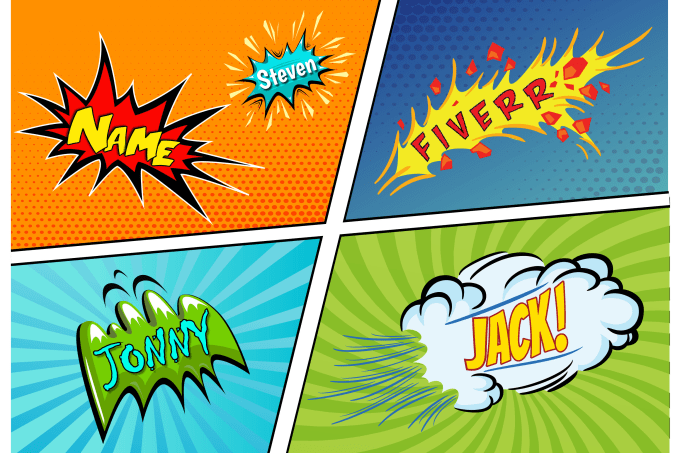
Sure the flames are there but show up extremely basic compared to the number 1 image. Everything else on the other hand is well… not as good.
Stable Diffusion: I actually really like the composition that Stable Diffusion came up with -it’s arguably better than the Midjourney image. That’s not to mention that it appears to be quite a windy day-good thing this is a render and not reality. The complexity in particular takes it to the next level the flames themselves are also complemented by sparks and heat haze, which add drama to the image. Every time I look at this masterpiece I notice something new. Midjourney: There are no prizes for guessing which image was produced by Midjourney. ➥ Prompt 2: “Massive overgrown forest on fire being extinguished by firefighters” Of the three different comparisons I’d say the differences between the three images are most profound in this scene. Trees evolve quite a lot as they burn down, leaving sparks and embers, and a colossal amount of smoke. The other goal of this prompt was to demonstrate the ability to render objects that are on fire. However, while the ability to generate the color, warmth, reflection, and even halation of fire is great, that’s far from everything needed to achieve a photorealistic render. The goal of this second scene was to showcase each program’s ability to generate a complex lighting situation-ie: a forest fire. Not only is the robot a complete mess-you really have to work to find the arms and legs-but also the forest and lighting conditions are basic, flat, and downright uninteresting. DALL-E: While the first two images were overwhelmingly positive, DALL-E’s rendition of the robot left quite a lot to be desired. I’d even go as far as to say that the composition-or framing of the image-is just as good if not better than the first. However, the layering of the image (foreground, midground, and background) is actually very strong, and the forest isn’t all too bad either. If you look closely, it doesn’t even make an attempt to render human hands. Stable Diffusion (Dream Studio): At first glance, this render simply isn’t in the same ballpark as the Midjourney work that shows up first. That’s also not to mention the “densely-packed forest” behind our robot, which shows quite a lot of depth and complexity note that the foreground elements are in focus and the background is nice and soft-just as you would get from a photograph. Not only is it the only rendition that even attempts to replicate complex human features, but it does so with impressive levels of detail. Midjourney: It’s clear to see that Midjourney objectively produced the best image here. Funny to think that this controversial new medium actually opened up opportunities for painters to be more creative. This actually allowed them to lean further into the funk zone with their style to complement photography instead of compete with it. It pushed them over the edge into accepting photography as the best medium for capturing life’s fleeting moments. This movement of AI taking over reminds me of painters’ reacting to the advent of photography back in the 1820s the majority of them were outraged, but it also had a hefty influence on impressionist painters. That being said, resistance to new innovations in artistry is nothing new. As of right now, there’s still not a definitive yes or no as to whether these generative AI programs are on the right or wrong side of the law-though we do at least know that AI-generated images can not be copyrighted. Things are obviously very complicated right now and the matter is actively being investigated by the United States Office of Copyright. The key issue here is generative AI that can replicate artists’ styles-which is already possible using a program called Midjourney. It’s important to note that AI isn’t simply copying and pasting other artists’ work into one giant mashup. 
Are they flat-out stealing it? Not really. Are they trained using art made by humans? Yes. It doesn’t take a lot of research to realize all of these programs understand art through machine learning: algorithms that are merely recognizing patterns and well… not much else.

Along with those factors I also fed each with identical prompts to see how they rendered four different scenes.īefore we start, I’d be remiss not to discuss claims that AI Image Generators are “stealing” other artists’ work. My comparison analyzed cost, ease of use, image resolution, dynamic range, composition, creativity, post-processing, and even speed.

Prompt: Darth vader as an EDM DJ in front of a massive crowd, cyberpunk vibes, hyperrealistic, dynamic lighting, reflections - ar 4: 5 Matt Crisara via Midjourney







 0 kommentar(er)
0 kommentar(er)
